Why teach media literacy? With information overload, it's becoming more and more difficult for our students to distinguish between real and fake news. A recent Stanford study has reported that today's students lack the skills to determine the difference. Media Literacy is an important skill to teach in today's classroom.
"The report, released this week by the Stanford History Education Group (SHEG), shows a dismaying inability by students to reason about information they see on the Internet, the authors said. Students, for example, had a hard time distinguishing advertisements from news articles or identifying where information came from."
As we teach non-fiction and project based learning, it's extremely important that the information students read is real and up-to-date. In order for our students to become informed citizens, students need skills in finding reliable sources and weed out ones that are fake.
Here's a media literacy video on how to choose your news.
Believe it or not, fake news is not new. Benjamin Franklin actually published a fake news article in the late 1700's. It was a gruesome story about American forces discovering "bags of scalps." He wrote a friend about the power of what he had done and the power of the press. You can read more about John Adams and Benjamin Franklin's fake news articles on Newsela.
Have you seen the video of the pig saving the drowning goat? To gain attention to a petting farm, someone created this video of a pig saving a goat. The video isn't real, but received millions of views and I'm sure the petting farm gained more visitors. This is what really happened...
I recently signed up for a webinar hosted by Newsela and PBS News. Their panel also consisted of educators who shared their ideas and resources. Newsela is developing media literacy curriculum to help students develop higher order critical thinking so they can vet the information on their own. Both news sources help educators so they can implement best practices in the classroom. Take a look at the lesson plan from PBS News. Another great web resource for students in learning about news literacy is Edutopia.
Some tips on how to spot fake news from The Morning Call:
- URL look odd? That “com.co” ending on an otherwise authentic-looking website is a red flag. When in doubt, click on the “contact” and “about” links to see where they lead. A major news organization probably isn’t headquartered in a house.
- Does it make you mad? False reports often target emotions with claims of outlandish spending or unpatriotic words or deeds. If common sense tells you it can’t be true, it may not be.
- If it’s real, other news sites are likely reporting it.
- How is the writing? Caps lock and multiple exclamation points don’t have a place in most real newsrooms.
- Who are the writers and the people in the story? Google names for clues to see if they are legitimate, or not.
- What are fact-checking sites like Snopes.com and FactCheck.org finding?
- It might be satire. Sometimes foolish stories aren’t really meant to fool.
- Think twice before sharing. Today, everyone is a publisher.
Another way to call your students' attention to distinguishing between real and fake news is with the 5W's:
Additional media literacy resources:
Teachers are Now Showing Students How to Spot Fake News
Teachers Tell Students to Sift Through the Facts From "Fake News"
Skills and Strategies: Fake News vs Real News Learning How to Determine the Reliability of Sources
5 Ways Teachers are Fighting Fake News

- WHO wrote the article?
- WHAT is the publication?
- WHERE do the sources inside come from?
- WHY did the writer create it?
- HOW did it make you feel?
Additional media literacy resources:
Teachers are Now Showing Students How to Spot Fake News
Teachers Tell Students to Sift Through the Facts From "Fake News"
Skills and Strategies: Fake News vs Real News Learning How to Determine the Reliability of Sources
5 Ways Teachers are Fighting Fake News







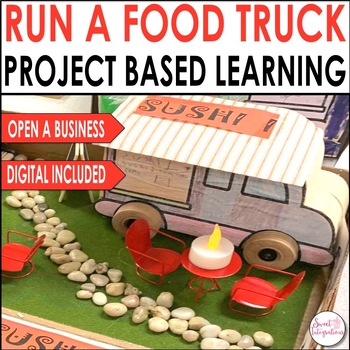

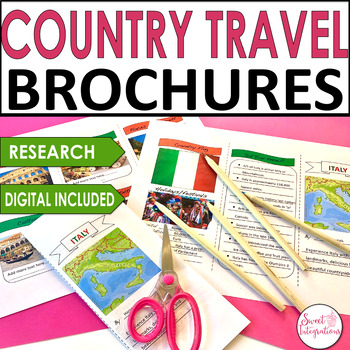
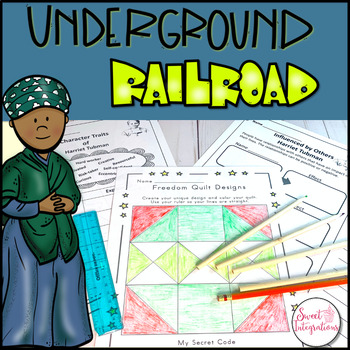

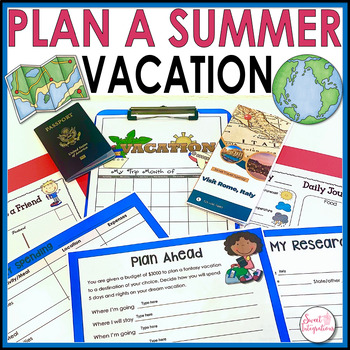
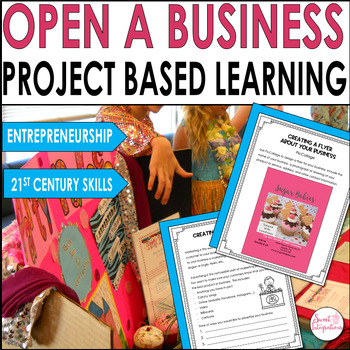

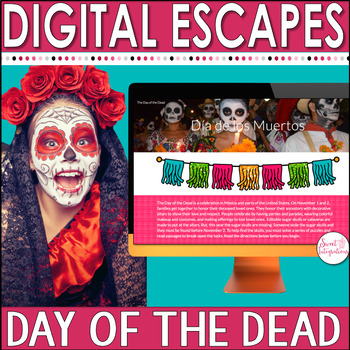
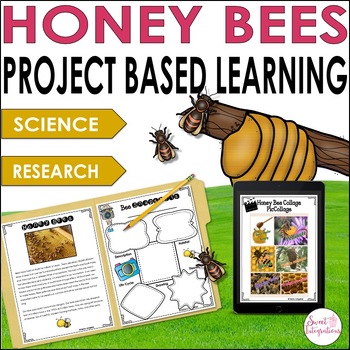



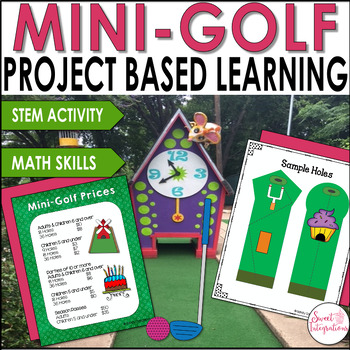
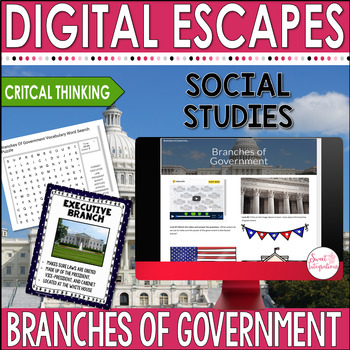

No comments